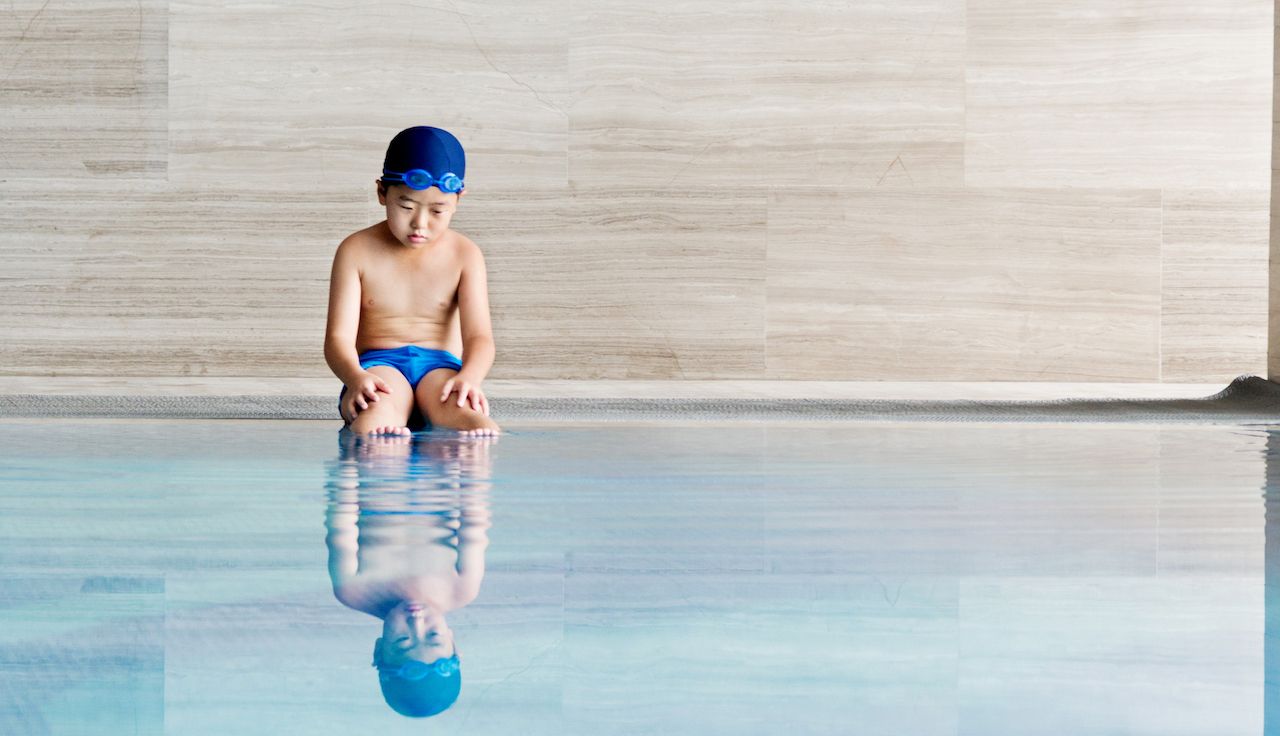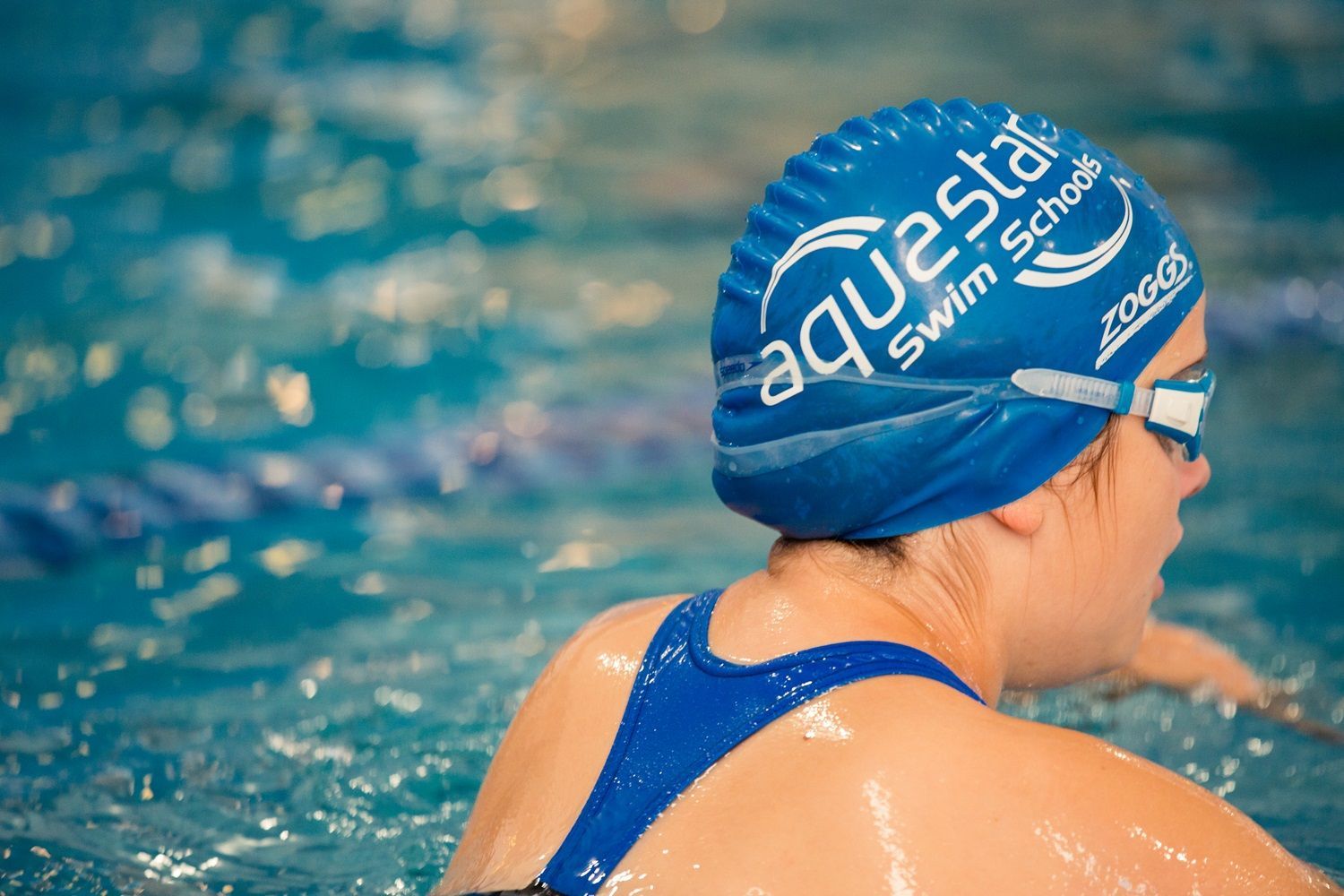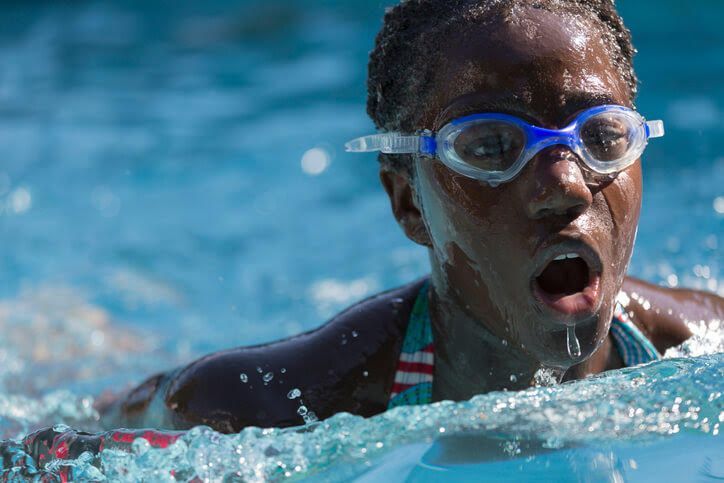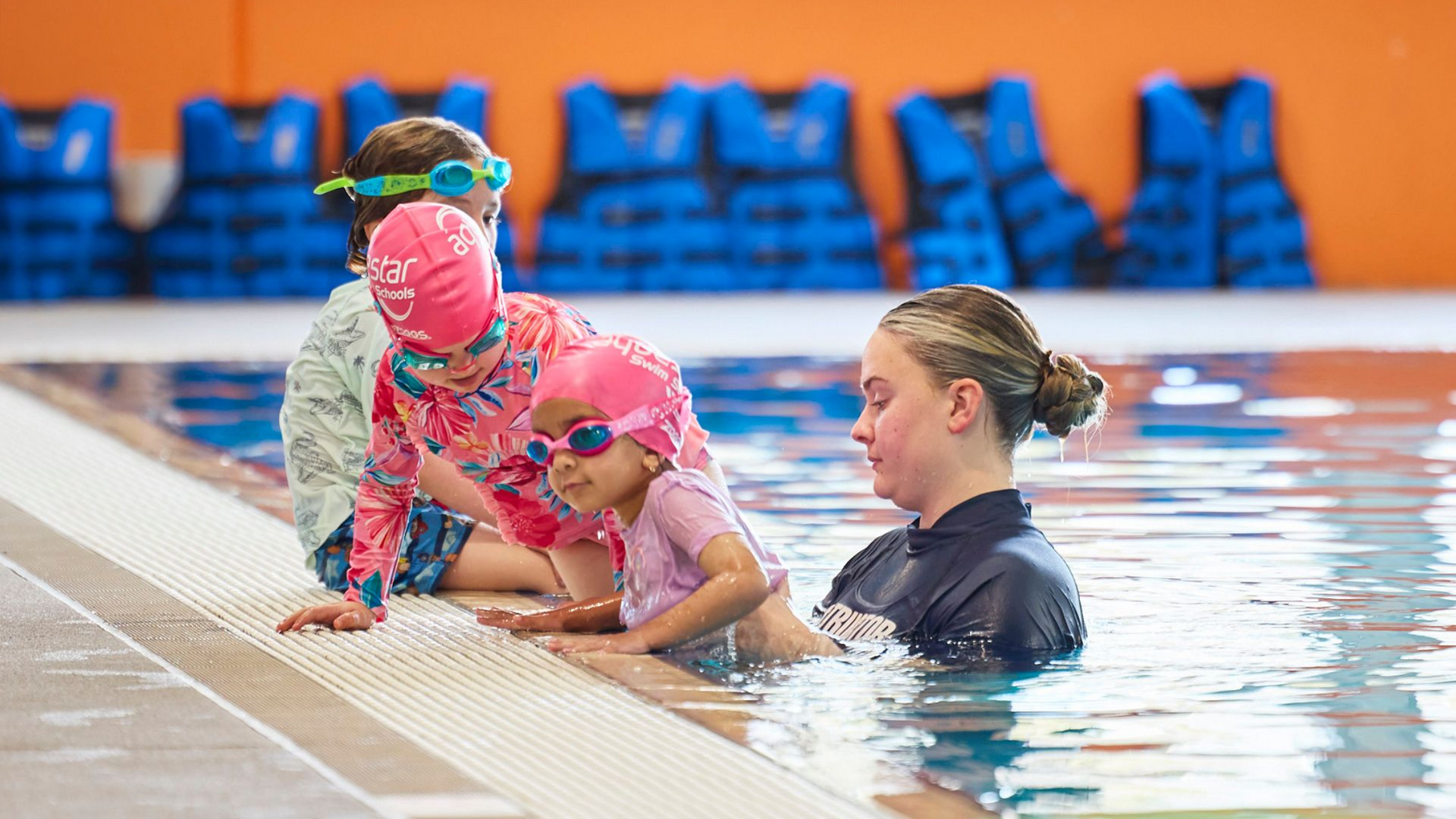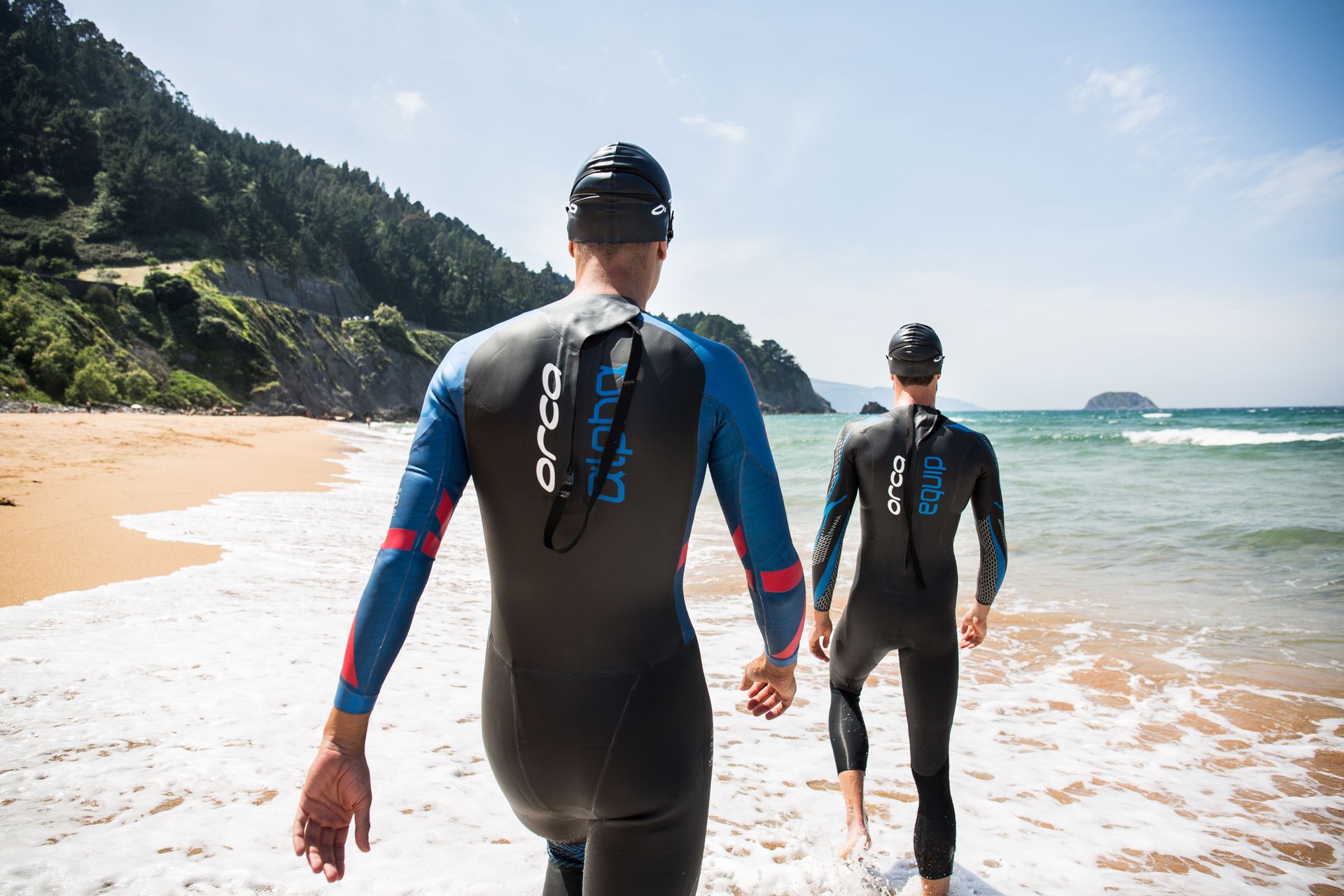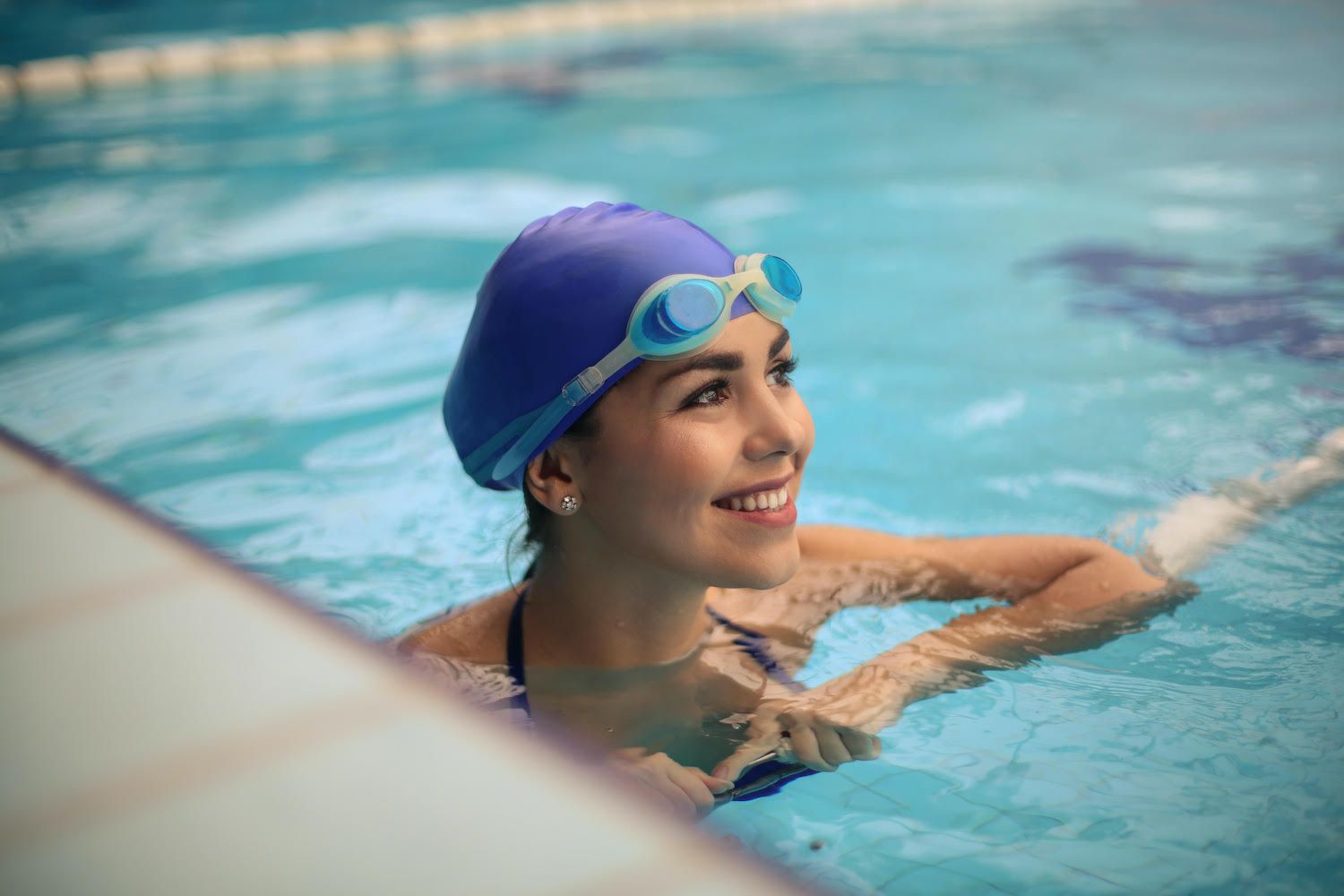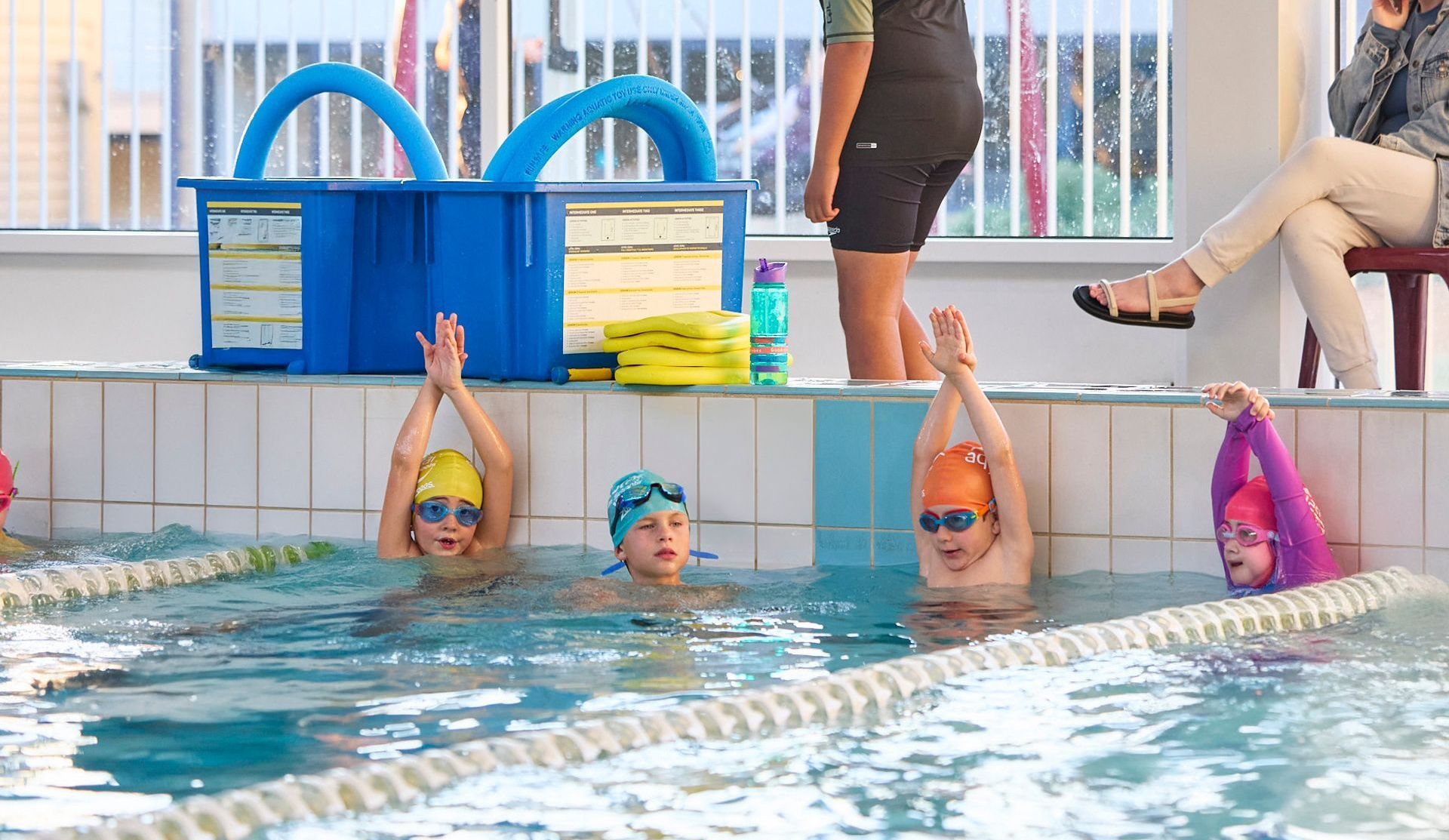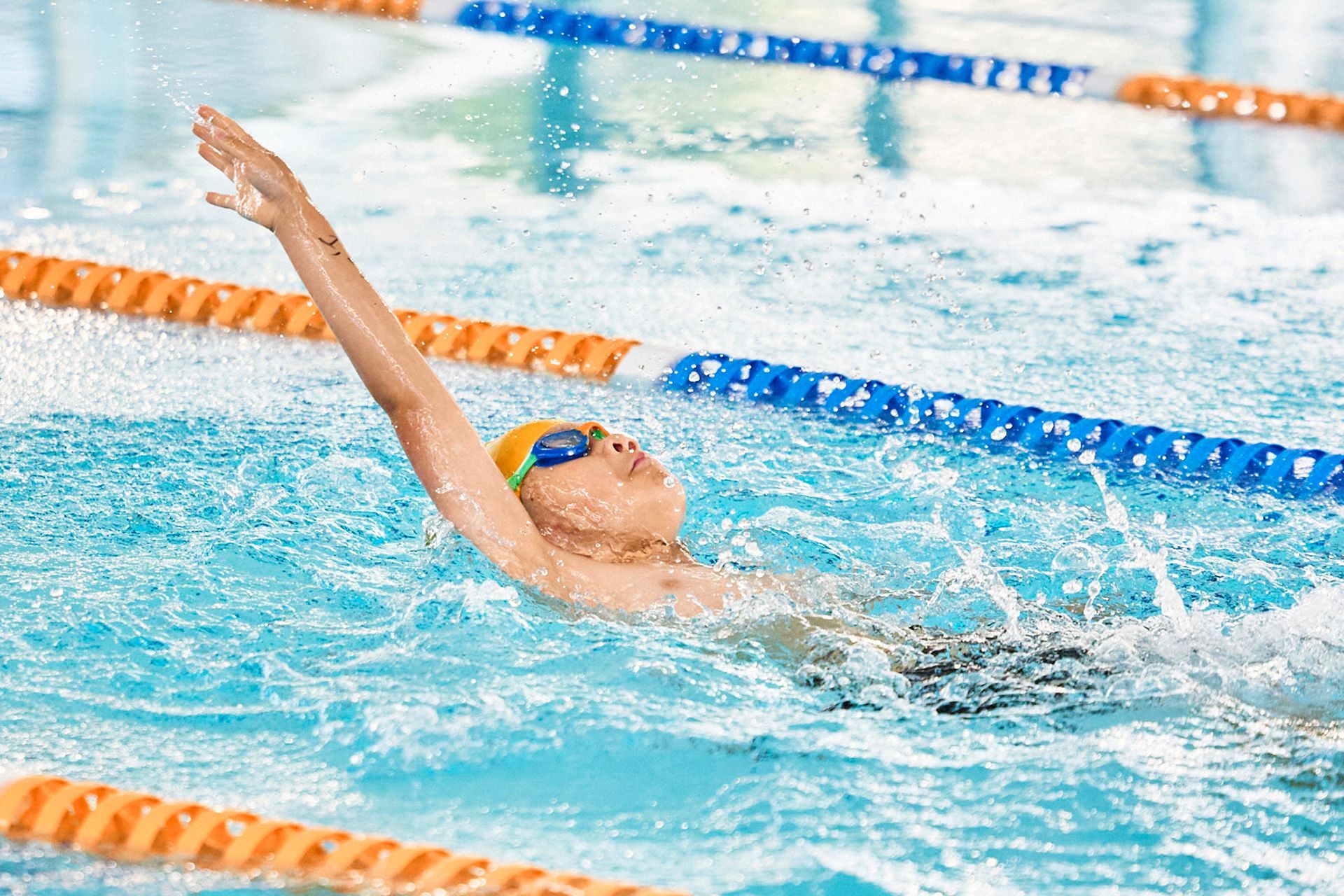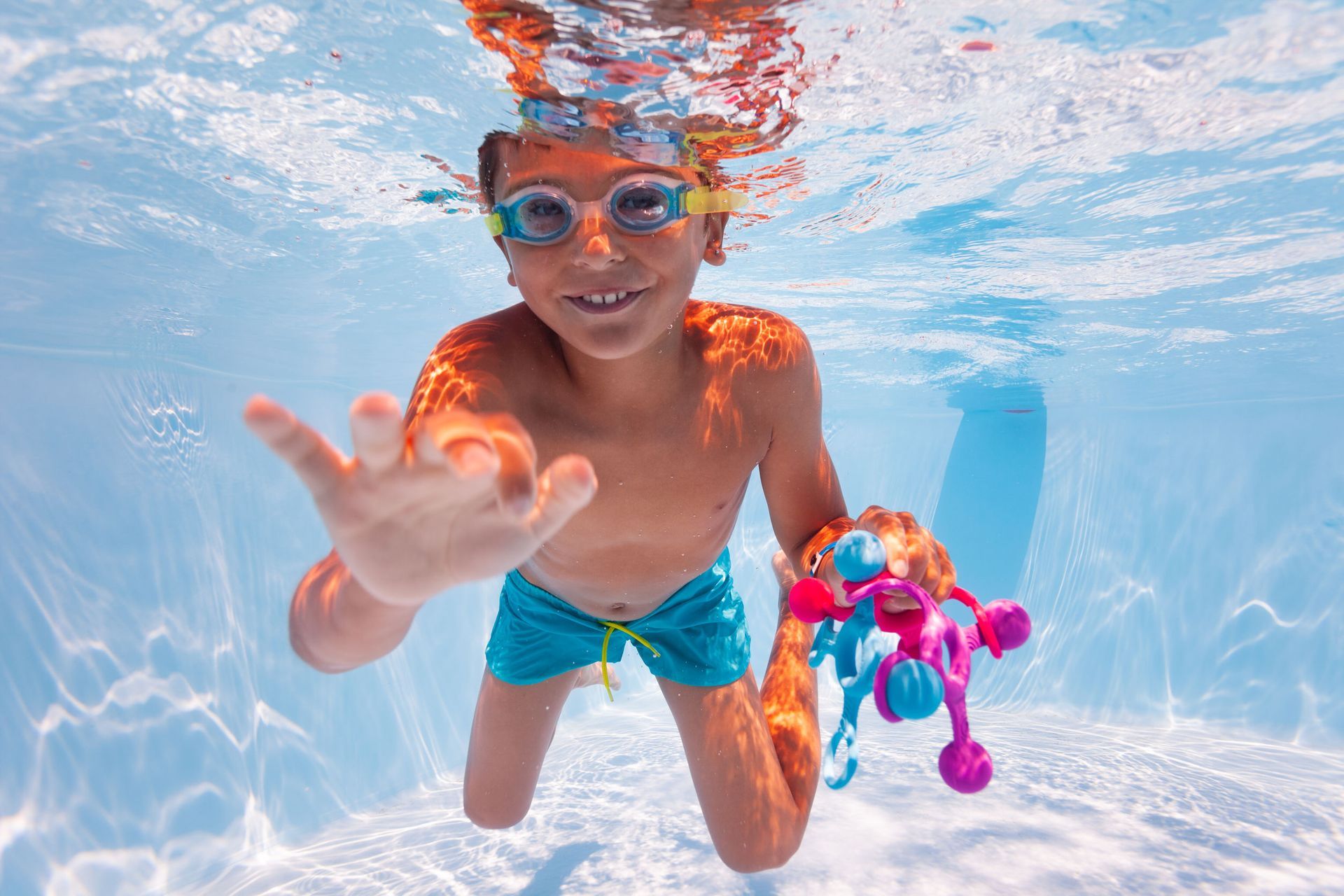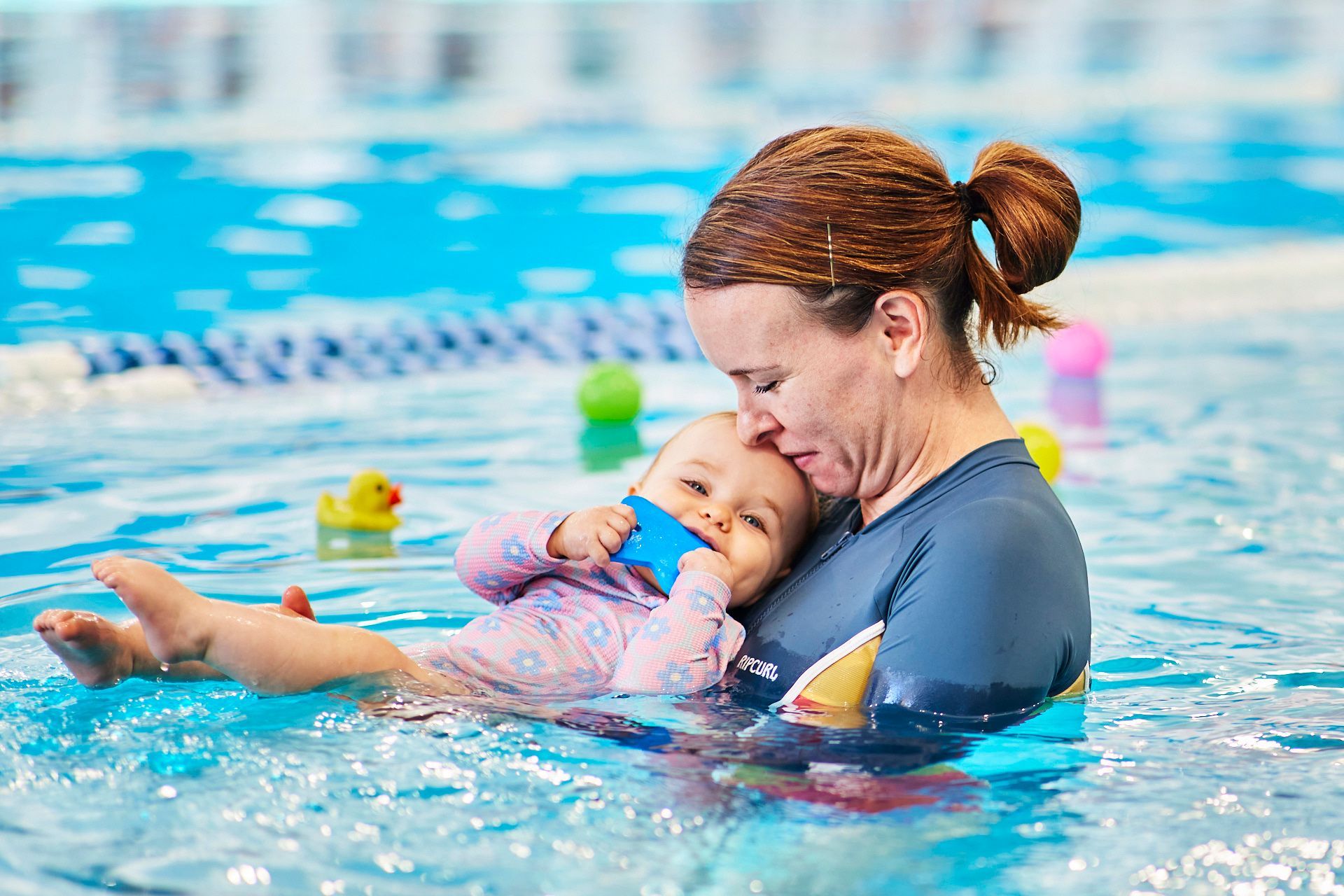Building confidence in the water: exercises & drills for beginner swimmers
Embarking on the journey to become a proficient swimmer is an exciting and rewarding endeavour that sets you up for a life enjoying all that the water has to offer – and here in Australia, that’s a lot! Whether you’re looking to conquer your fear of water or aiming to enhance your swimming skills, incorporating a set of well-rounded exercises and drills into your routine is crucial.
So, what exercises and drills are best for building confidence, improving technique, and establishing a strong foundation in the water?
Breath Control Is Crucial
As a swimmer, learning to coordinate your breathing is crucial. Standing in the shallow end or holding onto the pool edge, start by taking a deep breath, holding it for a few seconds, and then exhaling slowly through your nose. Next, practise the exhaling phase underwater by placing your face beneath the surface and blowing bubbles; lift your head to breathe as needed. This may seem basic, but the ability to control your breath and feel comfortable breathing out underwater is an important step for beginner swimmers.
Once you have mastered the art of breathing out underwater, you can begin to introduce cadence to your breathing and simulate how you would breathe while swimming the freestyle stroke. Begin turning your head to the side to inhale, then exhale underwater; practise turning to the left and right, as well as alternating. The idea is to develop a comfortable rhythm that is synchronised with your stroke.
Master The Art Of Floating
Before delving into learning the basic strokes, it’s essential to master the art of floating. Floating helps build confidence and comfort in the water – and it’s also crucial in terms of water safety. Begin by lying on your back and allowing your body to naturally float. Gradually extend your arms and legs, maintaining a relaxed and buoyant posture. This exercise is fundamental for developing a feel for the water and instilling trust in your ability to stay afloat.
Learning how to float face down is also important. You can begin practising this while holding onto the pool edge: extend your body horizontally in the water, face down while holding your breath, and allow your legs to float up. Focus on relaxing your body and maintaining a horizontal position. As you’re holding on to the pool edge, simply lift your head to breathe and then lower your head and exhale underwater.
Kickboard Kicking
To build leg strength and improve propulsion, the kickboard is an invaluable tool for beginner swimmers. Hold the kickboard with both hands and extend your arms forward. While keeping your face in the water, kick your legs with a steady, rhythmic motion. Focus on kicking from your hips, not just your knees, to maximise efficiency. This exercise targets the lower body muscles and establishes a strong foundation for various swimming strokes. If you don’t have a kickboard, holding on to the edge of the pool can also work well for this drill.
Getting A Feel For Freestyle
Freestyle is a fundamental swimming stroke and the starting point for all swimmers. Start by practising the arm movement separately: stand in the shallow end and simulate the freestyle arm motion, emphasising a high elbow recovery. Once comfortable, combine the arm movement with rhythmic breathing as you would have practised earlier during breath control drills. This exercise helps beginners grasp the coordination required for an efficient freestyle stroke.
Time To Start Swimming
Embarking on the journey to becoming a proficient swimmer requires dedication, patience, and a systematic approach to exercises and drills. The key is to start with the basics, gradually progressing as confidence and skills develop. Breath work, floating, kicking and arm movement drills collectively form a comprehensive foundation for beginner swimmers, with these skills all piecing together to allow for the development of an effective freestyle stroke.
Consistent practice of these exercises will not only enhance swimming abilities but also foster a deep sense of confidence and enjoyment in the water. As with any physical activity, it’s crucial to progress at your own pace, celebrate small victories, and stay committed to the journey of aquatic mastery.


